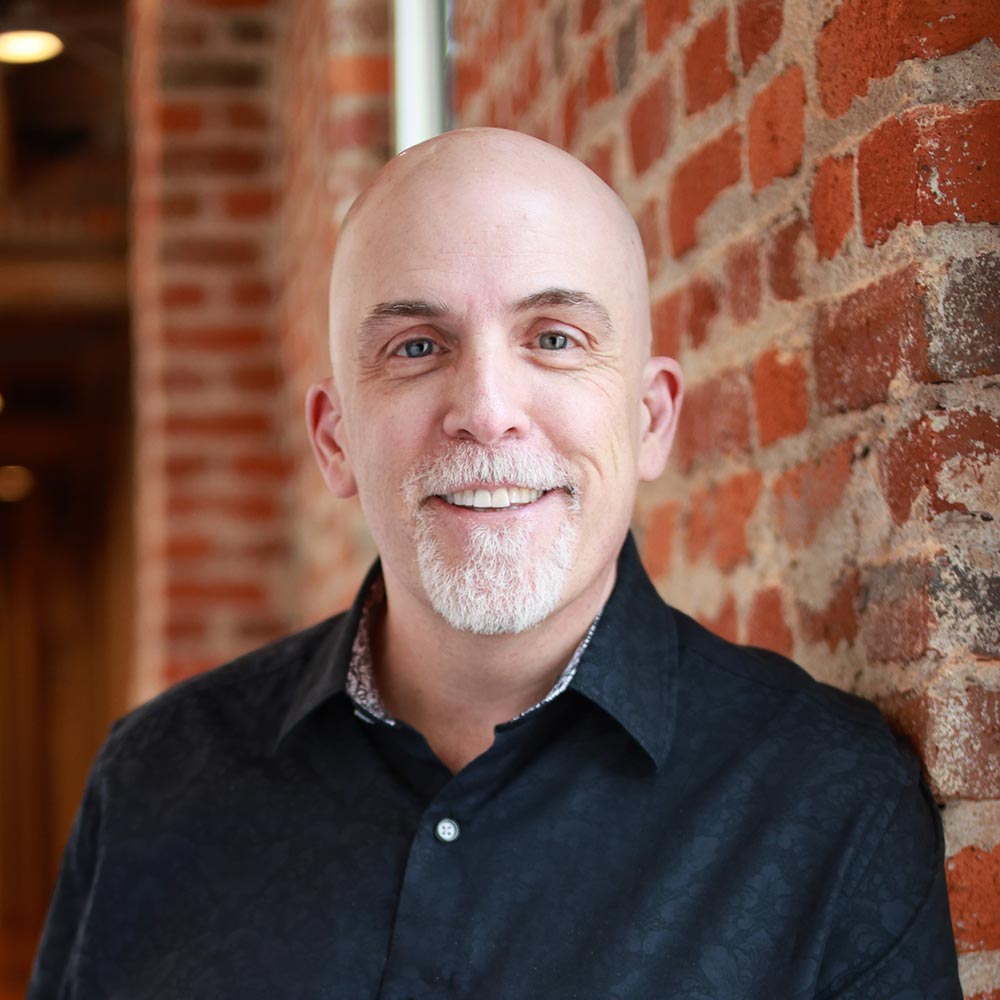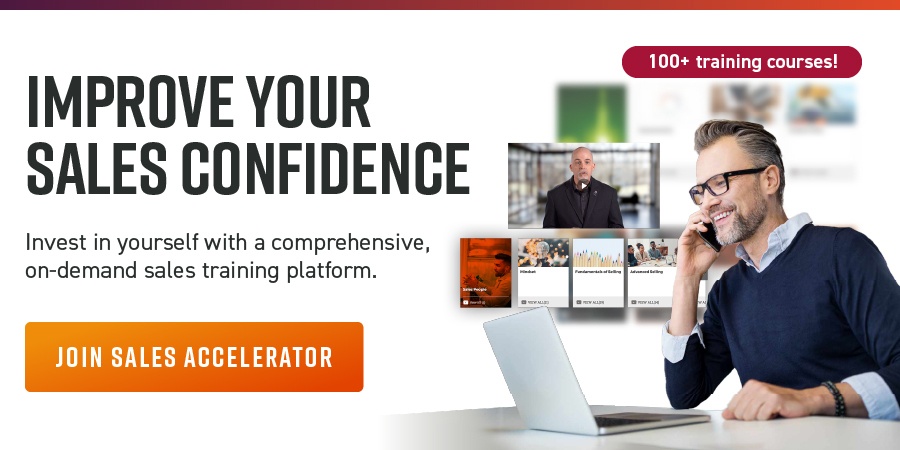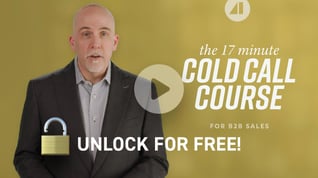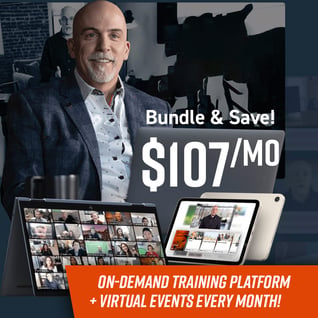Being able to identify when you are One-Down can be the first step to becoming One-Up.
Everything in Elite Sales Strategies: A Guide to Being One-Up, Creating Value, and Becoming Truly Consultative is based on a critical concept, being One-Up. I learned this concept 17,000 feet up Mt. Everest. First, my face started feeling weird, then my hands and legs did. The Sherpa with me asked, “What is wrong with you?” The air was thin, and it took me a minute to spit out that I was sick. “Are you using altitude medicine?” the Sherpa asked. I confessed that I was, as my doctor had prescribed it. The Sherpa nodded; he had seen this before. He told me that I was allergic to the medicine.
Let me share a bit more about the Sherpa. He lived in a house that had space for his chickens and donkeys on the main floor. His house was insulated with yak dung—patties that might remind you of hamburgers that were pressed against the stone walls. The yak dung was also under his fingernails. He had not gone to high school, nor had he attended college. So when the Sherpa told me to throw the medicine in the trash basket a few feet away, I had a tough time taking his advice. As I hesitated, I thought about my doctor back home. As far as I knew, he had never been to Mt. Everest. In fact, I don’t believe he had ever been at an elevation higher than 800 feet above sea level, which is about as high as it gets in Ohio. What could my doctor know about my condition here?
The Sherpa was not done with me. He said, “You walk too slow; you have to move faster.” After a few minutes of moving faster, I felt better. I was still thinking about how the Sherpa knew that he understood a lot about being in the Himalayas, and he also recognized that I knew hardly anything. This led me to the idea of how someone knows what they know and how they realize its value to them—and to others.
My Sherpa embodied what I call being One-Up. His life in the Himalayas and his experience assisting people up Everest had given him a certain type of knowledge and authority. It didn’t matter where he lived, how his home was insulated, or that he lacked a high school or college education. Despite my high school diploma, my bachelor’s degree, and my JD, I was One-Down because I lacked experience of my new environment, and I certainly didn’t have any authority. I was One-Down.
In sales, you are either One-Up or One-Down. I can tell if a sales rep is One-Up by how they sell to their clients. If they educate their clients on the rare decisions they need to get right the first time, they demonstrate what a One-Up sales rep does. By contrast, the One-Down sales rep can pitch, but they cannot help their client make the right decision for the outcomes they need.
You may not believe there is value in being One-Down, but this is how we learn from our clients, stacking up experience long enough that we eventually become One-Up. Like the Sherpa who helped me navigate Everest’s thin air, a One-Up sales rep can help their clients understand the business landscape they are facing. The Sherpa who helped me had been up and down Everest countless times and assisted dozens of tourists and visitors. I wasn’t the first person who had problems with medicine instead of altitude sickness, and he recognized the signs right away and was able to help me.
When meeting with clients, you should follow the Sherpa’s example and use your experience to help them solve their problems. This isn’t always easy, but here are a few things that will help:
- Ask the right questions. Instead of asking me what my doctor said or what I thought was wrong, the Sherpa asked me one specific question: whether I had taken altitude medicine. When helping your clients with more complex problems, you need to ask questions you don’t already know the answers to. Then, ask questions that will get your clients thinking about their problems differently.
- Demonstrate your authority. I had already accepted the Sherpa’s authority; after all, I had agreed to have him be my guide. But he was able to prove his authority through his experience and expertise. I trusted him because he had seen my problem before and was confident about how to solve it. This confidence and expertise helped convince me that his advice was worth taking.
- Differentiate yourself. While the Sherpa didn’t have any direct competitors on the mountain, he was competing against my doctor, who gave completely different advice. Everything about him was different, and his advice was a reminder of that. He gave advice that could only come from someone with firsthand experience, someone who lived in the Himalayas and understood the conditions on a deep level.
- Gain small commitments along the way. “You have to move faster.” When I took that suggestion, I made my first commitment to the Sherpa. When it worked, I trusted him and was more likely to accept his future advice.
Some clients might take more convincing than I did that day on the mountain, but they probably also have more options. Unlike my doctor, who was thousands of miles away—and had never stood where I was standing—the Sherpa knew how to solve my problem, and he proved it. Despite the differences in our backgrounds, our homes, and our daily lives, that early interaction helped us develop a relationship. He had proved himself to be One-Up, and I was grateful to have his authority and experience to guide me.
When you prove to your clients that you are One-Up, they will be equally grateful for your counsel.













Comments